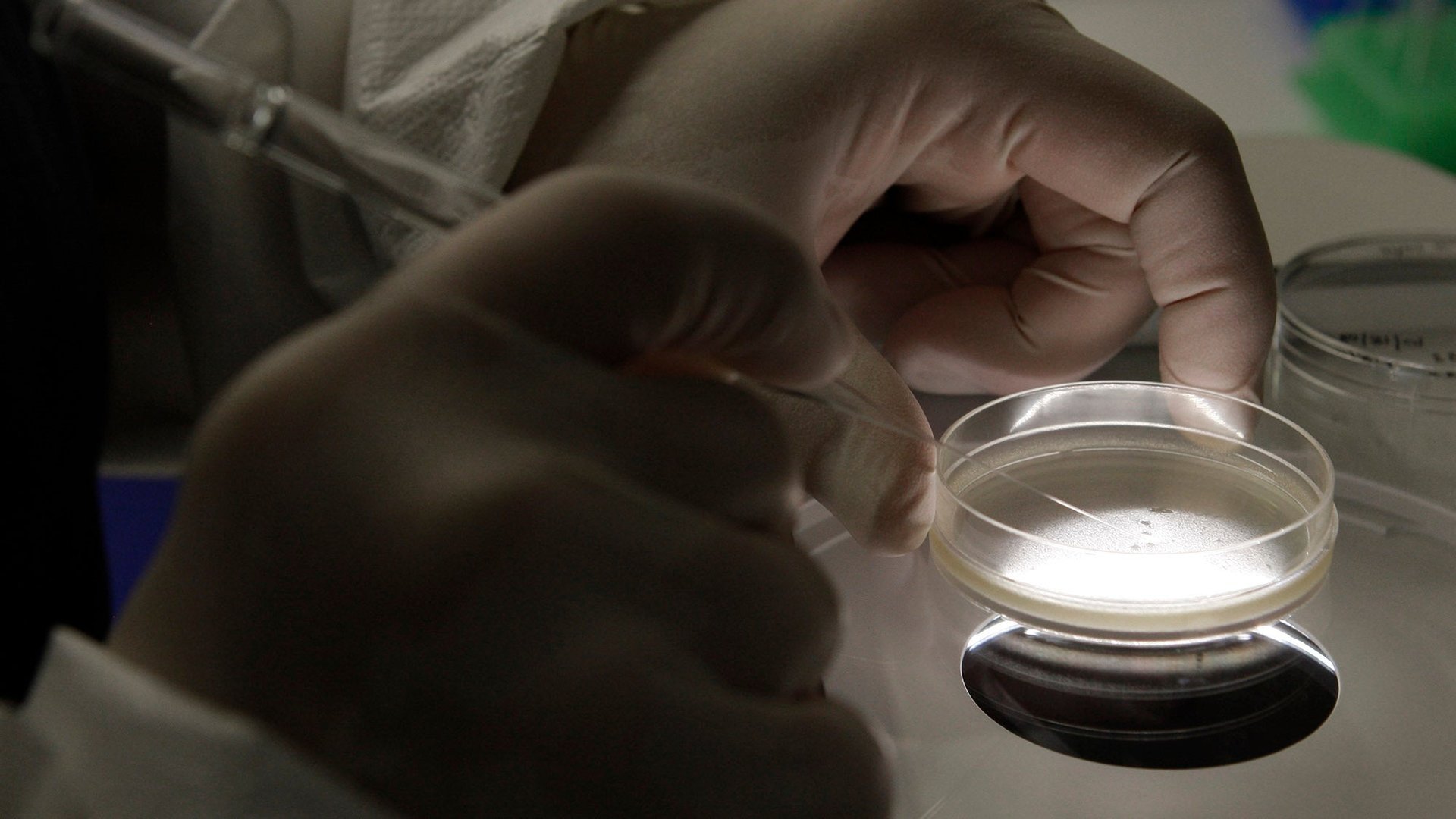Chinese researchers have genetically modified human embryos—yet again
Less than a year ago, when a group of leading researchers was calling for a moratorium on the use of a revolutionary technology, Chinese researchers shocked the world by using it to genetically modify human embryos. The worry was that unfettered access to the technology might enable such embryos to become fully grown humans, who will then pass on mutations to all their offspring. The risk of unintended consequences seemed too great.


Less than a year ago, when a group of leading researchers was calling for a moratorium on the use of a revolutionary technology, Chinese researchers shocked the world by using it to genetically modify human embryos. The worry was that unfettered access to the technology might enable such embryos to become fully grown humans, who will then pass on mutations to all their offspring. The risk of unintended consequences seemed too great.
Now a different group of Chinese researchers have again wielded the technology to genetically modify human embryos. This time, however, the reaction from some scientists is just an annoyed shrug. Clearly a lot happened in the last year for perceptions to change so drastically.
The technology in question is called CRISPR, and it allows researchers to make genetic modifications with greater precision than ever before. In 2015, Chinese researchers used CRISPR to target genes responsible for a blood disorder called β-thalassaemia. They were only able to replace the defective gene in 28 out 71 embryos. Worse still, it left a slew of unintended changes in other parts of the genome.
In the latest attempt, researchers at Guangzhou Medical University have gone a step ahead. Instead of trying to correct mutations that could cause disease, they used CRISPR technology to insert a genetic mutation which might offer resistance against HIV.
The mutation was targeted in the CCR5 gene, which is responsible for producing a protein that HIV uses to latch on, enter, and infect a human immune cell. If the CCR5 gene were mutated, the logic goes, the HIV virus would not be able to infect—and thus the mutation would confer resistance to the disease.
The researchers report in the Journal of Assisted Reproduction and Genetics that they were successfully inserted the mutated gene in four out of 26 embryos. And, even in the successful cases, not all copies of the CCR5 gene were modified. In other cases mutations were caused that weren’t intended.
The experiment had been approved by a local ethics committee, which ensured that the study followed Chinese government guidelines. All the experimental human embryos were ”non-viable,” which means they would have been unable to become fully grown humans. Such abnormal embryos are an inevitable part of in-vitro fertilization therapy, where sometimes two sperms insert their DNA into a single egg.
“The results are both comforting and disturbing,” says Peter Donovan of the University of California at Irvine. “The good news is that the technique worked for this group in the same way that it did for the first group… an important part of the scientific process showing it wasn’t a fluke the first time. The salutary lesson is that there is still much to be learned about gene editing in human embryos before it is ready for prime time.”
The rate of failure has made some bioethicists and scientists question the motives of Chinese researchers who continue to test CRISPR in human embryos. They argue that, while CRISPR offers greater precision, it still isn’t ready for testing in human embryos. Others, like Donovan, maintain that it will be studies using donated human embryos that will give us the most understanding.
Despite the divided opinion, there is definitely a change in perception. The first study reporting the genetic modification of human embryos resulted in a summit held in November between the science academies of China, the US and the UK. After days of deliberation, the world’s leading geneticists agreed that, while no CRISPR-modified embryos should become full human beings, research using human embryos can continue.
The Chinese group that did the latest work insists that their “proof-of-concept” may provide solutions to improving human health. They write, “Despite the significant scientific and ethical issues involved, however, we believe that it is necessary to keep developing and improving the technologies for precise genetic modifications in humans.”